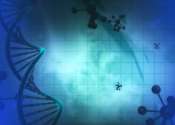Study decodes dimerization and antidepressant recognition at noradrenaline transporter
The noradrenaline transporter, also known as the norepinephrine transporter (NET), is a member of the monoamine transporters (MATs) family, which also includes serotonin transporter (SERT) and dopamine transporter (DAT). ...









